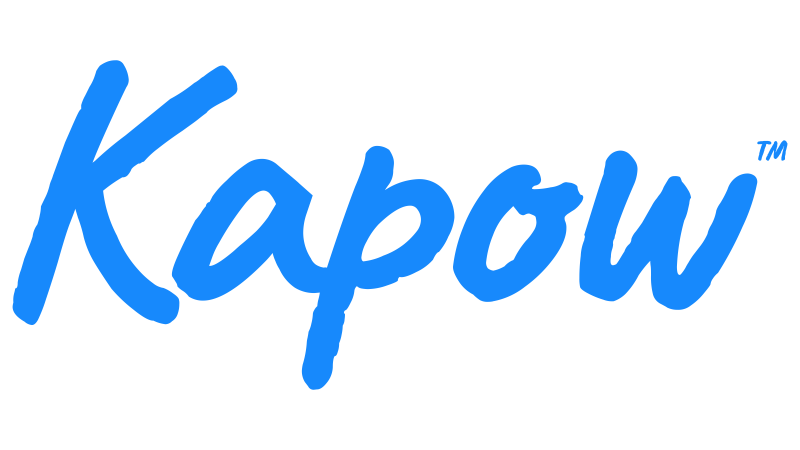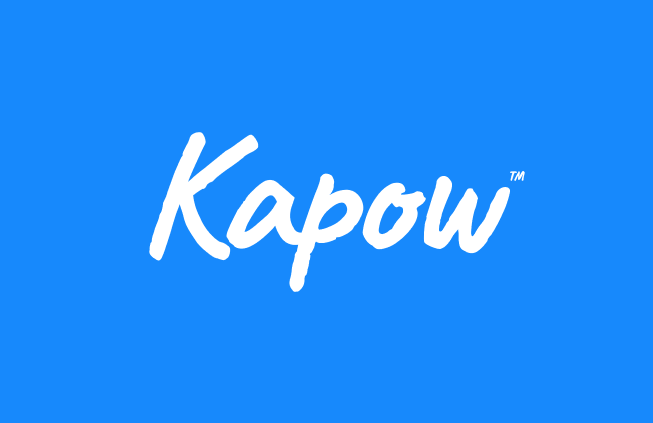Learning intention
- To investigate how to mix secondary colours.
Success criteria
- I can name the primary colours: red, yellow
This content is for subscribers only. Join for access today.
Cambridge Primary Art & Design (0067) Learning objectives
Experiencing
E.01 Encounter, sense, experiment with
This content is for subscribers only. Join for access today.
Before the lesson
This content is for subscribers only. Join for access today.
Lesson plan
Recap and recall
Before starting this unit, you might want to check the children can recall: How to describe colours and textures as they paint. How to explore what happens when paint colours mix.
This content is for subscribers only. Join for access today.
Extended-mode explainer videos
How to extend your display to view the lesson page and preseantion mode simultaneously. Choose your operating system below to watch the video
If you need further support with extending your display,
please contact [email protected].
Differentiation
Learners needing support:
- Should have a conversation about colours to improve their confidence. Teachers can ask about their favourite colours and what they enjoy about different colours.
- Could be reminded of the primary colours needed to mix the secondary colours.
Learners working at a stretch:
- Could be challenged to make different shades of colours. Ask, ‘How could you mix a lighter green?’
- Should be able to explain how they can make secondary colours with different materials.
This content is for subscribers only. Join for access today.
Assessing progress and understanding
Learners with secure understanding can:
- Name the primary colours.
- Explore materials to mix secondary
This content is for subscribers only. Join for access today.
Vocabulary definitions
-
blend
To mix colours or shades together smoothly.
-
mix
To combine two or more colours together.
This content is for subscribers only. Join for access today.
Example work

Greenacres Primary Academy, United Kingdom
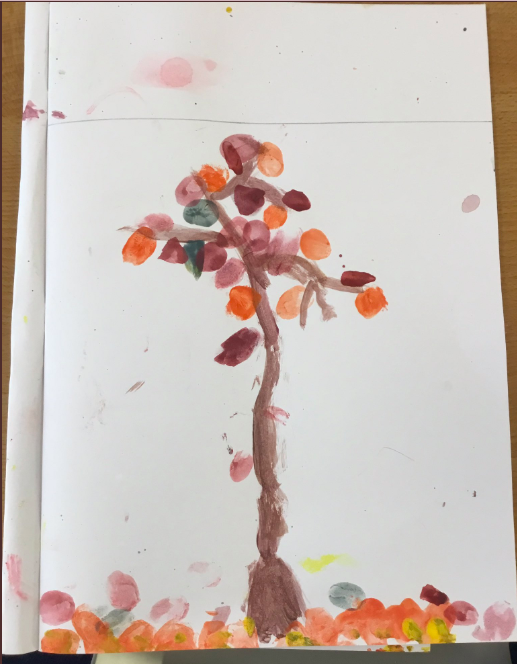
Greenacres Primary Academy, United Kingdom
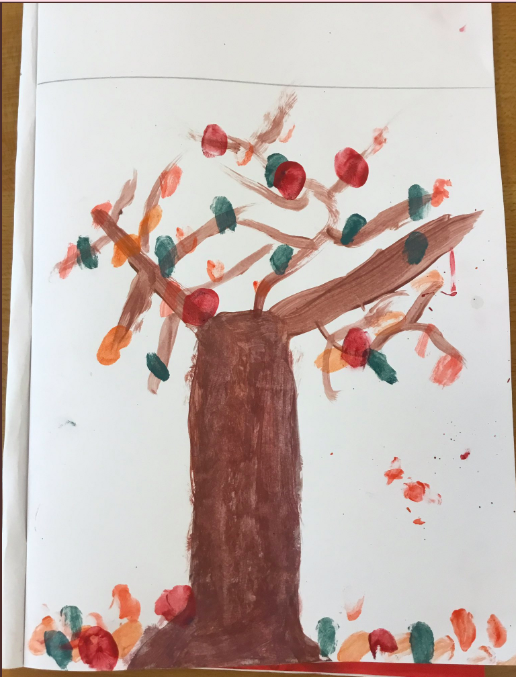
Greenacres Primary Academy, United Kingdom
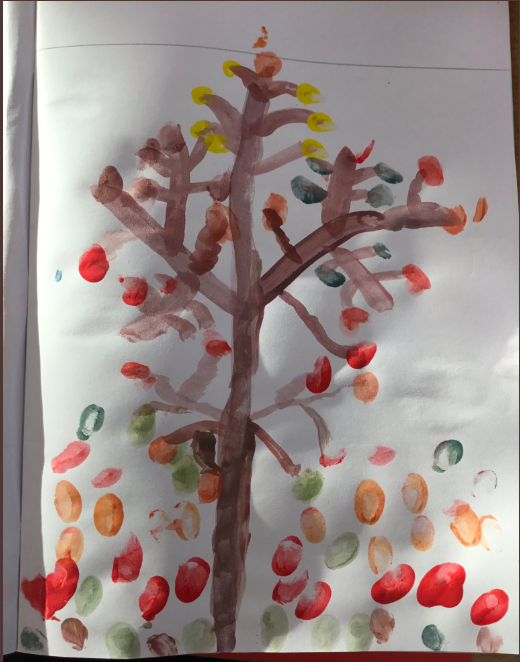
Greenacres Primary Academy, United Kingdom
This content is for subscribers only. Join for access today.
